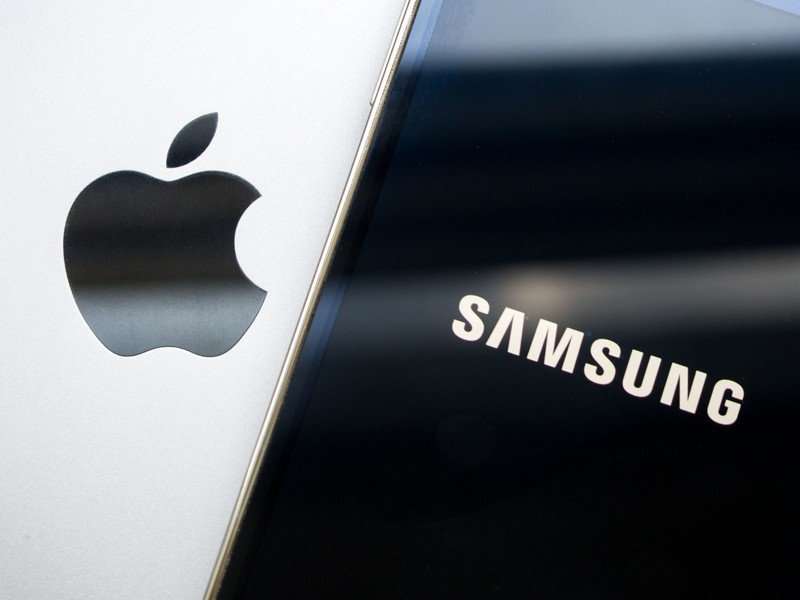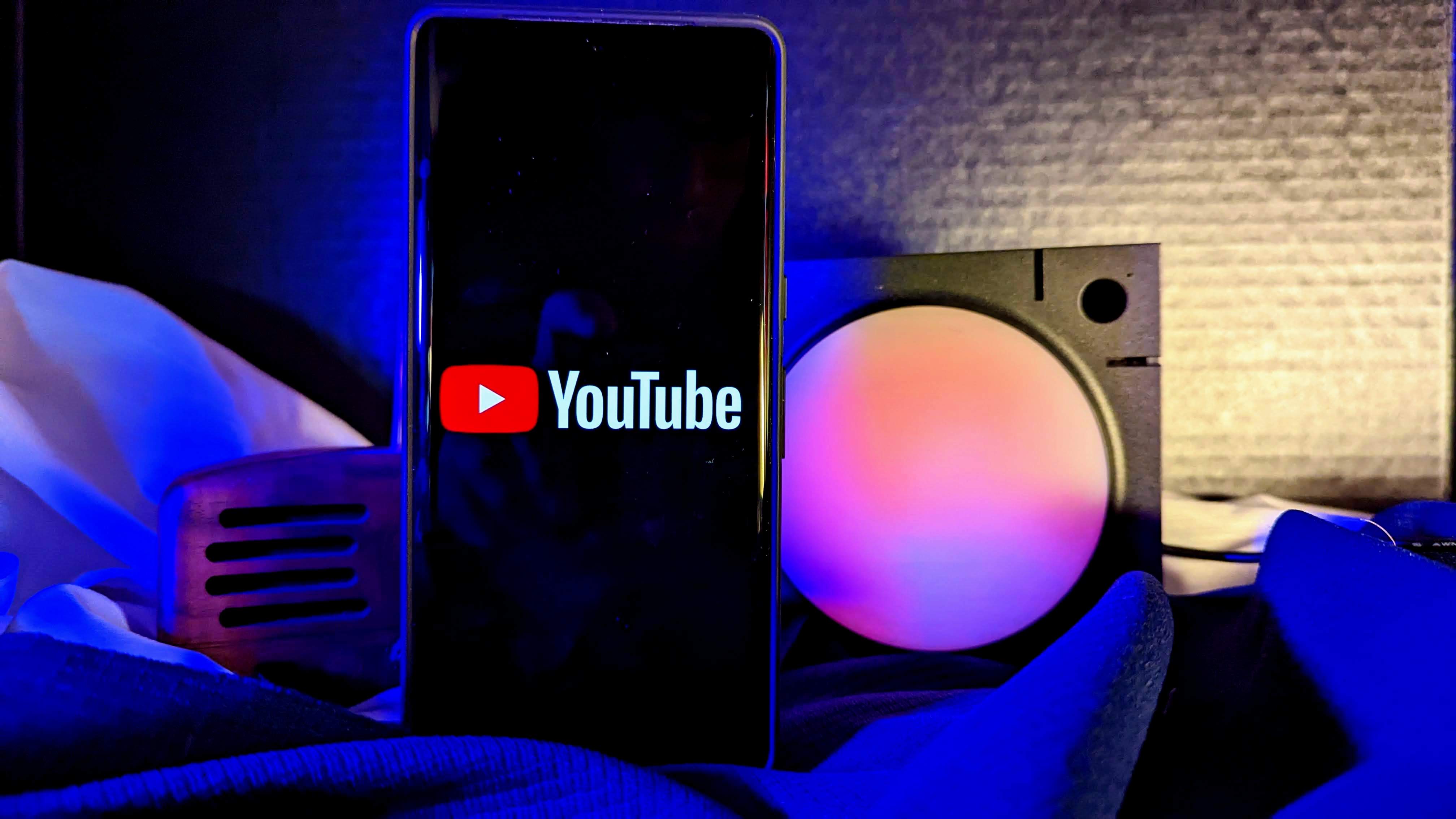2012
Google acquires Motorola for $12.5 billion

Though the announcement itself came in August 2011, it wasn't until February of 2012 that Google's $12.5 billion acquisition of Motorola Mobility was approved by the US Department of Justice and European Commission.
The prospect was pretty simple: despite already working with third-party manufacturers on the Nexus program, Google wanted to be in the phone business. The idea was to operate Motorola as a separate business entirely from Android, trying to compete with Samsung and HTC, which at the time were the two most powerful Android makers in the business.
Google's work with Motorola bore fruit fairly quickly, emerging with the now-classic Moto X and Moto G smartphones in mid-2013. But despite superb feature sets and plenty of advantages over competing products, Motorola phones never sold particularly well, and Google divested itself of the phone maker — well, the hardware business anyway. The patents remained — in 2014, selling to Lenovo for one-sixth of the price it paid two years earlier.
Everybody kept suing each other

Though the first lawsuits were filed in 2011, Apple and Samsung's tete-a-tete really took off the following year, when a verdict was reached, awarding Apple $1.049 billion for infringing five of its design patents. Sales of some then-discontinued Samsung smartphones were blocked due to an injunction, but the fight would continue through appeals. Eventually, the trial was thrown out due to a jury problem and the retrial continued through appeals until 2018, when Apple was ultimately awarded $539, just over half of the original amount.
While 2011 and 2012 were the busiest of the bunch, the decade saw litigation throughout, with Apple and Samsung at the center of much of it. At its core, the litigation was about companies trying to retain value from their patent portfolios, choosing to fight over scraps instead of cooperating.
If 2010 was the start of Google's legal troubles, 2012 was the year of everyone else's, including and especially Samsung.
In 2013, a group of companies under the Rockstar Consortium umbrella, which included Apple and Microsoft, sued Google, Huawei, Samsung, HTC, LG, ZTE and others to attempt to eke value from a set of patents the group had acquired from Nortel in 2011. The lawsuits alleged that Google and its smartphone partners violated a number of patents in the Rockstar portfolio, mostly pertaining to how Android communicates with mobile networks. Google countersued in 2014 and the two sides reached a settlement shortly thereafter.
It almost seems odd to think of companies like Apple, Samsung and Google suing one another over patent violations in late 2019, but that was very much the reality in the early part of the 2010s. And while those days are unlikely ever to return — Apple and Samsung publicly stated they would no longer pursue legal recourse for design patents — they definitely painted an adversarial and uncomfortable light for those first few years of this closing decade.
Get the latest news from Android Central, your trusted companion in the world of Android
The Galaxy S3 changed Android phones forever

Just how important was the Galaxy S3 for Samsung, and for the Android world? Well, it changed everything. It was a massive design leap forward for the Korean company, which had been accused of mimicking Apple's hardware and software design until that point. It stretched the phone's screen to a then-massive 4.8 inches, and added a number of features that, a few months later, would become mainstream for the industry.
Chief among them was the introduction of a high-resolution 720p Super AMOLED display, though it was made up of PenTile subpixels that didn't stand up too well under scrutiny. It also had 2GB of RAM, another relatively new spec at the time, along with up to 64GB of storage and, in some models, LTE support — which the 2,100mAh battery handled with aplomb.
You probably still remember the Galaxy S3's whistle notification — and you probably still hate it. That's a legacy.
More important than the hardware, though, was the software. Shipping with Android 4.0.4 Ice Cream Sandwich, the Galaxy S3 introduced the famous — or rather infamous — TouchWIZ skin, which included "nature" sounds like the awful whistle notification and, worse, the 'bloop' water droplet.
The Galaxy S3 heralded the era of overstuffing, where Samsung took as many features as possible and threw them at the user to see what stuck (it would get even worse with the Galaxy S4 in 2013). S Voice, S Beam, Smart Stay, Pop-up Play — I could go on. During this time, Samsung took the "more is better" approach, which contrasted comically with the understated and performant (but considerably less popular) HTC One X and its Sense UI.
Perhaps the most impressive stat of all? The Galaxy S3 was insanely popular, going on to sale over 70 million units and becoming one of the fastest-selling and most popular phones of all time. With a massive worldwide marketing campaign, it would go on to overshadow every Android phone released in 2012 by a wide margin, and would set the stage for Samsung's eventual market dominance later in the decade.
The Nexus 7 may have been the last great Android tablet

Was the Nexus 7 the last great Android tablet? It seems quaint now, but the ASUS-built Nexus 7, when it debuted in mid-2012, was a very big deal. It was the first popular tablet that ran Android, not Amazon's fork of it, and encouraged developers to build apps for the burgeoning platform, newly united for both phones and tablets on Android 4.1 Jelly Bean.
The Nexus 7 was popular for a number of reasons: it was small, which meant it was portable — much bigger than phones of the time, but still easy to slip in a small bag or purse — and, at $200, relatively cheap. It was also accessible, offering a very familiar and easy-to-use Android experience that didn't feel like too much of a departure from the Nexus phones people were used to at the time. But unlike many of the existing Android tablets released throughout 2011 and 2012, the Nexus 7 didn't feel clunky or encumbered by skins; it just flew through whatever you needed it to.
The tablet also marked a new stage in Google's collaboration with NVIDIA, launching the Nexus 7 with the then-new Tegra 3 chip. NVIDIA's reign on Android phones and tablets would be short-lived — the chips just weren't very efficient, and caused some performance glitches in apps and games — but the partnership would bear fruit a few years later with the Shield TV, which used a next-gen Tegra X1.
The Nexus 7 would also get a second run at life, with a refreshed 2013 model, also built by ASUS. By then, the iPad Mini was available and Apple was running away with the tablet market and mindshare, but for a little while, it was pretty good to own an Android tablet — especially if it was a Nexus 7.
The Nexus 4 divided a nerd nation, but introduced HDR+

I still remember seeing the Nexus 4 for the first time, glinting in the light from its dotted rear glass. It was a beautiful phone, made even more attractive by the fact that it was only $299 when it debuted.
Google's Nexus program would really cohere into something great with the Nexus 5 in 2013, but the Nexus 4 showed glimpses of that greatness. The phone lacked LTE, a spec that many say destined it for the garbage dump of history, but it also saved its battery from the garbage, too, which at the time was an easy trade-off to make.
The Nexus 4 was beautiful, fragile, and the end of an era.
And while its camera wasn't great in most situations, either, it did introduce a feature we're still benefiting from today: HDR+. The Nexus 4's camera sensor was pretty bad, so Google had to figure out a way to eke high-quality photos from mediocre hardware, and the Nexus 4's software processing was determined to be the solution. It didn't always work, and it would be four or so years until a Google-branded phone would claim the camera crown, but we saw the first inklings of that promise with the Nexus 4.
-Daniel Bader

